Zoning may sound like a buzzword that only city planners and architects should care about, but, oh honey, it affects us all. From where you can open up shop for your dream business to where you lay your head at night, zoning is the invisible hand shaping our cities, telling us “you can do this here, but not that there.” In this guide, we’ll explore what zoning truly means, peel back the curtain on its complexities, and arm you with the know-how to navigate this oh-so-important aspect of urban life.
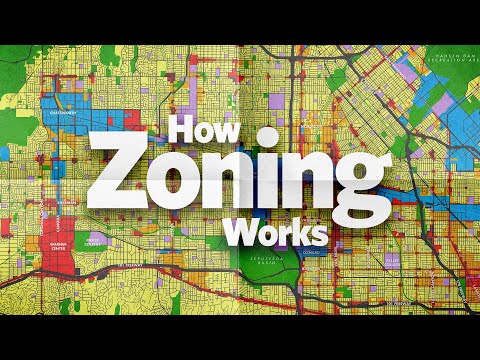
Unveiling the Concept: What Is Zoning?
Introduction to zoning definition
So, what is zoning? Imagine a city as a grand piece of theater. Zoning is the director, guiding each actor to their spot on the stage. It’s a scientific concept that slices up the city pie into different pieces or zones, setting the stage for where homes can nestle, businesses can boom, and industry can bustle. As of October 31, 2023, zoning has become even more nuanced, the goal being to harmonize community health, safety, and even morals, while tipping its hat to areas dripping with historical charm.
Historical perspective of zoning
Zoning isn’t a newfangled trend. It’s been the backbone of urban planning for over a century, evolving over time to adapt to the heartbeat of our ever-changing cities. It’s a reflection of society’s values, an often painstakingly debated and legislated drama that tells a tale of who we are and what we champion as a community.
Purpose and benefits of city zoning
Why bother with zoning? Well, would you fancy a nightclub popping up next to your cozy suburban nook? Probably not unless you’re the life of the party 24/7. Zoning keeps the peace between different land uses, making sure cities function smoothly. It’s about crafting a vibe for every corner of the city, whether it’s the hushed reverence of a historic district or the buzz of a business hub.
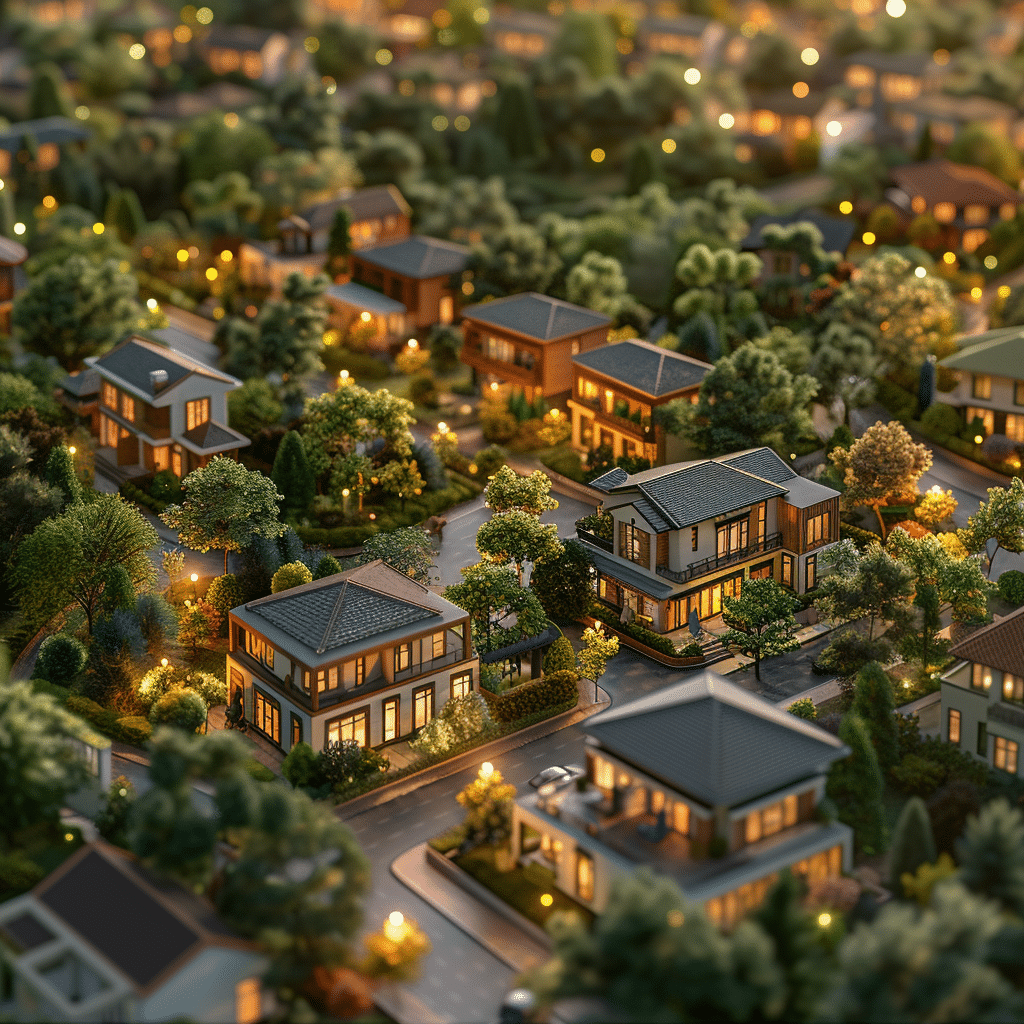
Core Principles of Zoning Laws in Urban Development
Overview of zoning laws
At their essence, zoning laws are the rulebook for the city’s future. They govern the ‘what’ and ‘where’ of building, shaping skylines, and influencing our daily commutes.
Zoning laws vs. land use regulations
Though ‘zoning’ and ‘land use regulations’ are often uttered in the same breath, they’re not identical twins. Land use digs into the specifics, laying down the law on the permissible shenanigans on each plot of land.
The impact of zoning laws on urban planning and growth
Zoning laws aren’t just markers on a map; they’re the architects of our urban growth. They can either inject a city with the steroids of development or rein it in with a tight leash, impacting everything from the value of your home to where you can enjoy a Sunday stroll.
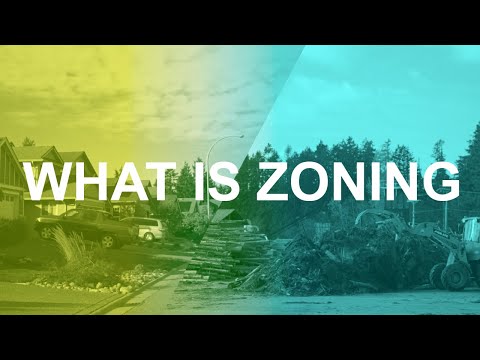
| Aspect | Description |
|---|---|
| Definition of Zoning | Zoning is the division of land into districts by local governments, regulating building and land uses in each area to ensure the proper use of property and organize urban growth and development. |
| Objective | To enhance public health, safety, and general welfare, preserve historical/cultural sites, ensure orderly urban expansion, and segregate incompatible land uses. |
| Types of Zones | – Residential (R): Single-family homes, apartments |
| – Commercial (C): Businesses, retail outlets | |
| – Industrial (I): Factories, warehouses | |
| – Agricultural (A): Farms, ranches | |
| – Mixed-Use (MU): Combined residential and business | |
| – Special Districts: Airports, schools, hospitals | |
| Regulation Examples | – Building heights and setbacks |
| – Types of businesses allowed | |
| – Housing densities and lot sizes | |
| – Preservation of open space | |
| – Off-street parking requirements | |
| Common Zoning Restrictions | – Limiting the construction of commercial buildings in residential zones |
| – Prohibiting industrial activity in commercial zones | |
| – Restricting the height of structures to protect view corridors | |
| – Designating certain areas for historic preservation | |
| Impact on Property Owners | – Can dictate property usage, affecting its value and potential purpose(s) |
| – Can protect owners from harmful or unwanted developments | |
| Impact on Developers | – Provides guidelines for site planning and development |
| – Requires compliance with local regulations, influencing project feasibility | |
| Impact on Local Economy | – Can attract or deter businesses and investors based on zoning regulations |
| – Affects the supply and demand of real estate in different zones | |
| Challenges and Controversies | – “NIMBY” (Not In My Back Yard) syndrome, where residents oppose development in their neighborhoods |
| – Zoning changes can lead to gentrification, displacing long-term residents and altering community character | |
| – Balancing economic growth with environmental sustainability and quality of life | |
| Zoning as a Legal Authority | – Zoning is enforced through local ordinances, reflecting the municipality’s planning objectives |
| – Zoning decisions can be subject to legal challenges and require public hearings for significant changes | |
| Relevance to City Planning | – Essential component of urban planning, shaping the physical layout of communities |
| – Influences transportation systems, housing patterns, and economic development |
Exploring Types of Zoning: Categories and Codes
Residential zoning: from single-family to high-density apartments
Residential zoning is your ‘home sweet home’ chapter of the rulebook, governing whether you’ll be serenaded by the laughter of kids or the hustle and bustle of apartment living.
Commercial zoning: retail, offices, and mixed-use developments
Think of commercial zones as the stages for economic ballets where retail shops pirouette alongside offices and sometimes, if the script allows, even cozy up with residential units in mixed-use developments.
Industrial zoning: light and heavy manufacturing areas
In industrial zones, you won’t find little boutiques or cafes; it’s where the action happens, from the delicate dance of light manufacturing to the heavy metal concerts of large-scale industry.
Special-purpose zoning: historical, agricultural, and public spaces
Special-purpose zones are the city’s sacred spaces—treasured historical sites, cherished agricultural land, and the public squares that tell the story of a community.
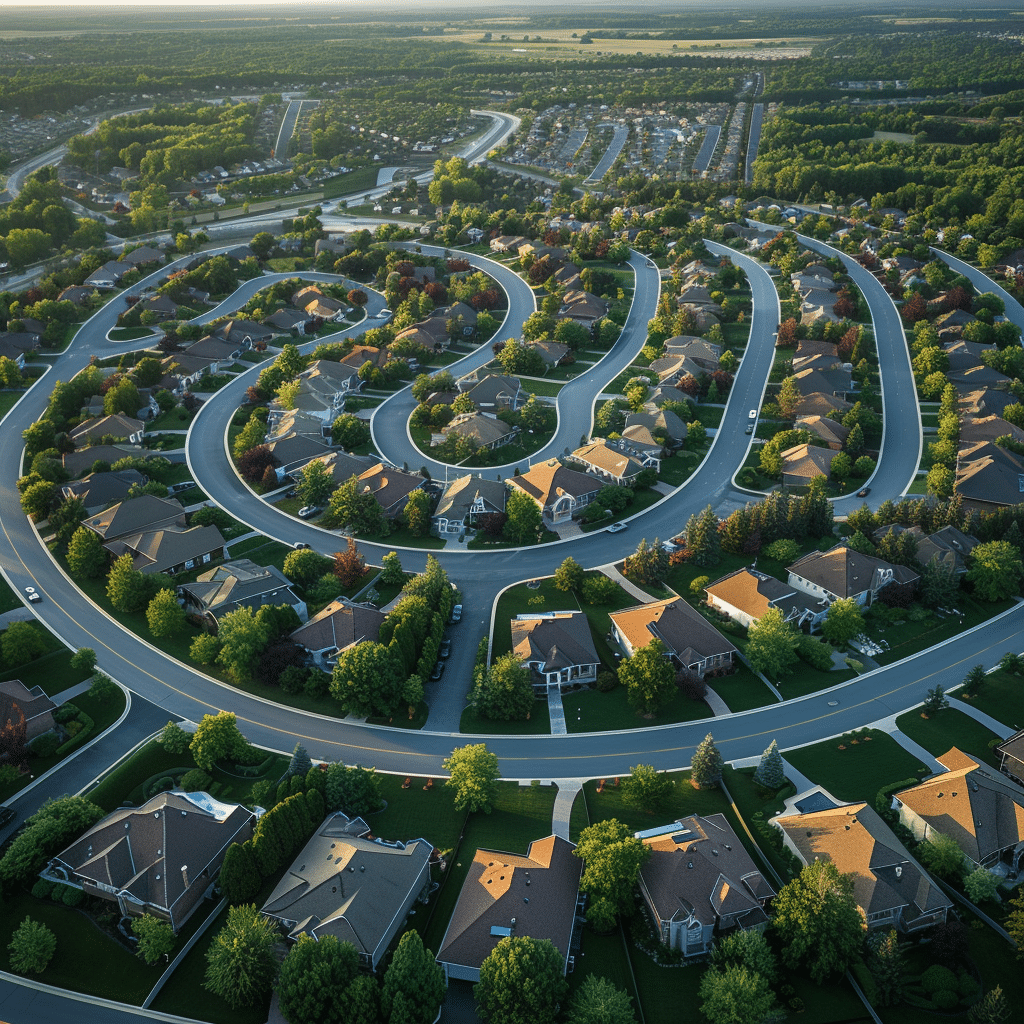
What Is Zoned: Interpreting Zoning Maps and Designations
Understanding zoning maps and how to read them
Zoning maps are like treasure maps for planners and property owners. Reading them right means decoding colors and lines that whisper the secrets of what can blossom on any given plot.
The role of zoning designations and what they mean for property development
Zoning designations are the ABCs of zoning. They’re shorthand for what’s allowed, guiding developers like a north star and sparking visions of future skyscrapers or serene suburban enclaves.
The significance of overlays, conditional use permits, and variances
Overlays and permits are the wildcards in the zoning deck, opening up possibilities for bending rules without breaking them. They’re the pieces that allow cities to maintain their harmony while flirting with change.
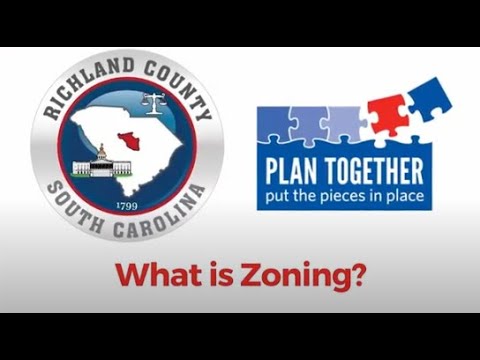
Zoning Definition in Practice: Real-World Examples
Case study: How New York City’s zoning influences its skyline
Take a bite of the Big Apple’s zoning, and you’ll taste a recipe that’s baked an iconic skyline—one where zoning ingredients have been mixed and remixed to concoct the towering symbols of enterprise that etch the horizon.
Case study: San Francisco’s zoning laws and the housing crisis
Shift gears to San Francisco, and you’ll see a puzzle where zoning has both sheltered historic beauty and inadvertently squeezed the housing market tighter than a pair of skinny jeans, sending prices through the roof.
International zoning comparison: contrasting Paris’s zoning regulations with Tokyo’s
Paris and Tokyo – the former swears by preserving its romantic silhouettes with stringent zoning, while the latter embraces the organized chaos of mixed-use zoning, setting the stage for an urban ballet of blurring lines between home, work, and play.
Navigating Zoning Laws: Compliance and Challenges for Property Owners
How property owners can stay compliant with zoning laws
Property owners must tap dance to the tune of zoning laws. Stay informed, check those maps, and get cozy with the planning department to avoid stepping on any bureaucratic toes.
Recognizing and handling zoning law violations
Accidentally breaking a zoning law is like hitting a sour note at a concert—it’s jarring and can get you in a pickle. The key is to rectify swiftly and smoothly.
Disputing zoning decisions: appeals and legal strategies
If you reckon you’ve been wronged by a zoning decision, don’t throw in the towel just yet. There’s a backstage route for appeals and legal shuffles that can set the score right.
The Future of Zoning: Trends and Innovations
How zoning is adapting to modern city needs: sustainability and resilience
The future of zoning is tuning into the green wave of sustainability and resilience, ensuring our cities won’t just stand tall, but also stand smart against the challenges ahead.
Innovative zoning practices: form-based codes and smart growth initiatives
Gone are the days when zoning was a mechanical, one-size-fits-all affair. Form-based codes are stepping into the limelight, with their tailored approach focusing on how buildings feel and function on the streetscape.
The debate around upzoning and addressing housing shortages
Upzoning is the talk of the town in the housing conversation. By giving a green light to more development in previously restricted areas, it’s got the potential to expand our housing wardrobe with more affordable and diverse options.
Conclusion
Grasping what is zoning in cities is more than an intellectual exercise; it’s part of being an informed citizen, an engaged entrepreneur, or a savvy property owner. It’s about understanding the symphony of rules that orchestrate our shared spaces. And as for us, the audience? Our role is pivotal. Citizens not only play in the zoning drama, but we also write the script through our engagement. So let’s all be star players in shaping the cities we call home.
What Is Zoning and Why Should We Care?
Zoning is like the urban planner’s rulebook, the backbone of how our cities and towns take shape. It sounds pretty dry, right? But stick with me—it’s actually more interesting than it seems on the surface, and it’s crucial for making sure neighborhoods thrive!
Zoning 101: The Lay of the Land
So, what is zoning? Imagine you’re a kid with a gigantic box of Legos. You’ve got different colors, shapes, and sizes, and you want to create an awesome Lego city that has houses, parks, shops, and factories. Zoning is kind of like the instructions that tell you where each Lego piece should go to make sure your city is functional and everyone gets along.
When Did Zoning Become a Thing?
Wait for it… zoning has been a game-changer since gen 1998! Not literally, though—that’s just a fun way to remember that zoning laws became super popular in the early 20th century. Before that, you could basically build whatever you wanted, wherever you wanted. Imagine having a smelly factory pop up right next to your cozy little house. Not cool, right?
The Zoning Jigsaw Puzzle
Every zone in a city has its own purpose and flavor, kind of like an epic jigsaw puzzle. There are zones for living, zones for shopping, zones for working, and zones where you can do a bit of everything. It’s what keeps a power plant from cozying up next to your favorite ice cream shop.
More Than Just Maps
Zoning isn’t just about dividing land; it has some serious power. If a city decides to define Covenants or specific rules for a zone, you might be signing up for more than just deciding what color to paint your front porch. You’re agreeing to keep the neighborhood’s vibe just the way it is, down to the nitty-gritty.
A Puzzling Twist
Just when you think you’ve got zoning all figured out, along comes something like Marilyn monroe nude. No, we’re not veering off into risqué territory—we’re talking about the unexpected! Sometimes, deciding how land can be used involves complex social implications and cultural considerations.
Got Permits?
Before you break ground on that fancy new addition to your home, you’ll need to check in with city hall about baltimore city Permits. They’re the gatekeepers, making sure your dream project doesn’t turn into a neighborhood nightmare. As you can imagine, nobody wants a two-story monstrosity blocking their sunlight.
Zoning Powers Activate!
Zoning isn’t just about keeping the industrial away from the residential. It’s a health and wellness thing, too. Just like bpi Sports helps folks get into tip-top shape, zoning shapes our communities into healthy, happy places where everything just… works.
Don’t Let It Get Junky
As much as zoning tries to keep things in order, sometimes, you have to deal with the messy stuff, like junk email How To stop. Junk yards and waste facilities are the email spams of city planning—they’ve gotta go somewhere, but nobody wants them in their backyard.
Bundle Up, It’s Gonna Be Chilly!
Zoning laws even help us prepare for the seasons! Thanks to carefully planned commercial zones, we know right where to go when we need to snag those winter Jackets. It’s like city planners are our wardrobe assistants, guiding us right to the retail spaces that keep us cozy.
No Playground Zone?
You won’t find Pamela anderson Kids in the industrial district. Why? Safety, my friend! Zoning keeps the kiddos playing in parks and residential areas, far from the hustle and bustle of factories and freight trains.
So, whenever you wonder, “What is zoning?” just think of it as the rulebook that keeps the city fun, functional, and fabulous. Without zoning, our cities might just be as chaotic as a Lego set without any instructions. And who wants that?
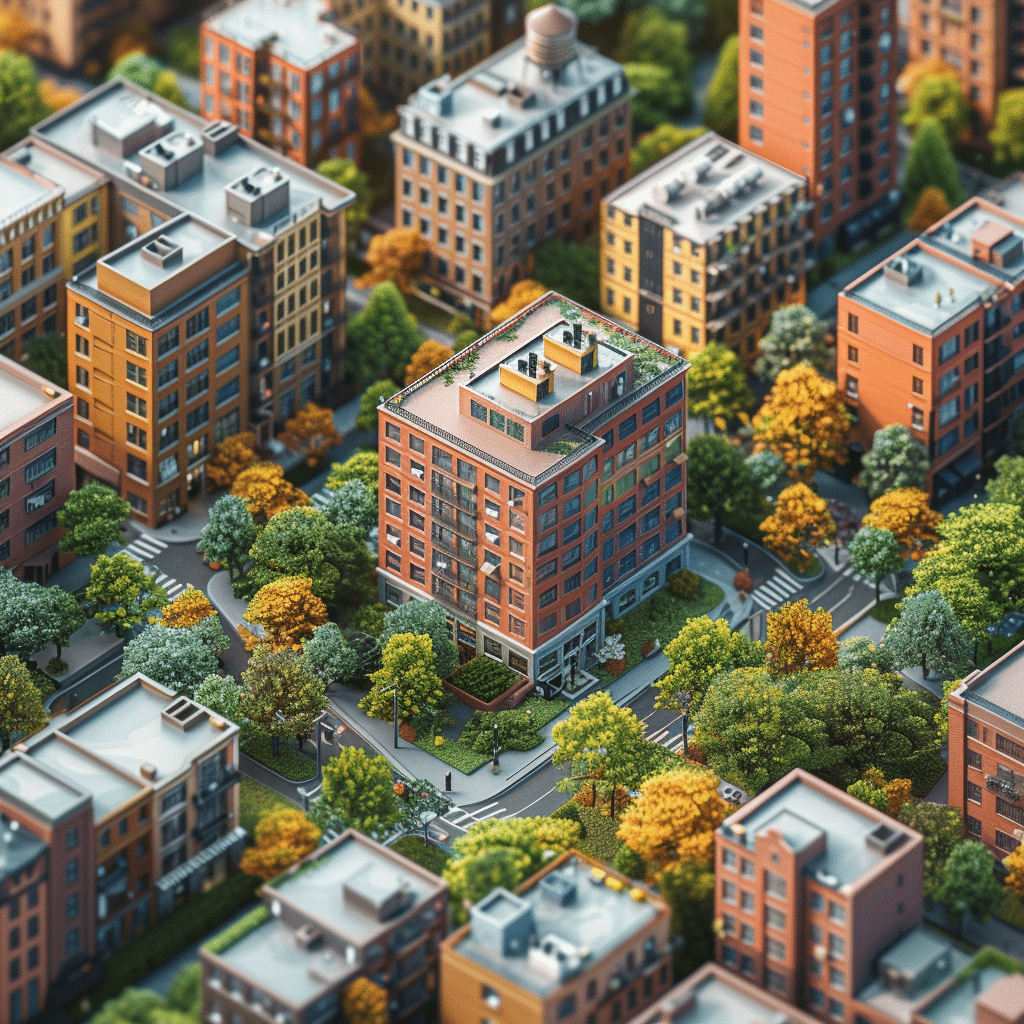
What do you mean by zoning?
– So, you’re scratching your head about what zoning means, huh? Well, imagine your city as a giant jigsaw puzzle. Zoning is all about organizing that puzzle so that all the pieces fit together in harmony. It’s a way to separate a city into districts – each with its own rules for what you can build and how you can use the land. Think of it as a game plan for keeping factories away from your backyard and making sure there’s a spot for that new coffee shop or school.
What is Texas zoning?
– Texas zoning? Now we’re talking about a whole other ball game, partner. It’s like regular zoning with a Texas-sized twist. The Lone Star State has a set way of dividing land into districts to keep things orderly, ensuring everything from your local honky-tonk to the high-rise downtown follows certain rules. This is all about balancing the needs of the community while preserving the state’s rich history and culture.
Which is the best example of zoning?
– Oh, the best example of zoning? It’s as plain as day when you think of a town with clear-cut areas like a neighborhood just for homes and a spot downtown where all the shops and offices hang out. In just a few words, imagine a school district—where there’s a place for learning—standing apart from the hustle and bustle of a business district. That’s zoning at its finest!
What is zoning in the United States?
– Zoning in the ol’ US of A? Well, it’s the big organizational chart that makes sure everything from sea to shining sea is in its right place. Across America, cities and towns use zoning to sweep land into neat little piles with labels like “residential” for homes and “commercial” for businesses. And hey, don’t forget, these rules are also there to protect historical gems and keep things looking pretty.
What does zoning mean in interior?
– Take a step indoors, and zoning means giving each piece of your pad a purpose. It’s like saying, “Hey, couch, you chill in the living area,” while telling your pots and pans they’re cooking up a storm in the kitchen. Zoning in interior design makes sure every nook and cranny of your home serves a special function, keeping the peace among your furniture.
What are the principles of zoning?
– The principles of zoning? Now, that’s the blueprint for building a balanced community. We’re talking about drawing lines in the sand—or on the land—to ensure there’s space for everyone and everything. These rules manage the mingling of homes, shops, and parks. They’re the guardian angels protecting your peace and quiet, making cities easy to navigate, and keeping skyscrapers from shadowing your sunbathing spot.
What does no zoning mean in Texas?
– No zoning in Texas? It’s like the Wild West of land use, cowboy! Some places in Texas don’t tie you down with rules on how to use your property. This means you can mix up houses, factories, and businesses however you like. But watch out—it’s not all freedom and fireworks, as this can lead to some unexpected neighbors setting up shop right next door.
Does Texas have zoning?
– Does Texas have zoning? You bet your boots it does, but it’s a mixed bag. Some cities in Texas are strict with zoning rules, corralling land into specific areas for homes, businesses, or parks. But then there are some parts that are as free as a tumbleweed, with no zoning laws to speak of. So, it’s a little bit country, a little bit rock ‘n’ roll when it comes to zoning in Texas.
What are the benefits of zoning?
– The benefits of zoning are like a list of home runs for your community. It lays the groundwork for safer neighborhoods, keeps those pesky factories away from schools, and makes sure you don’t wake up to a nightclub next door unless that’s your jam. Zoning keeps a city’s charm intact and makes sure the future’s as bright as a well-planned community can be.
Which of the following is an example of down zoning?
– Down zoning? Think of it as taking the air out of a balloon. It’s when a high-energy area, full of tall buildings and bustling businesses, gets the signal to slow down. Picture this: a neighborhood that’s been all about skyscrapers is now taking a chill pill and switching to cozy bungalows. It’s a cool-down exercise for parts of the city getting a little too loud.
What is the hierarchy in the structure of the house?
– Hierarchy in a house structure? It’s like the pecking order of your domestic kingdom. From the foundation that keeps your feet on the ground to the roof that’s got you covered, every layer plays its part. Walls, like trusty sidekicks, hold up the fort, while rooms serve their distinct roles, crowned by the attic, which might as well be the wise old bird overseeing the household dance.
Which service is the responsibility of a local government?
– Local government’s got a laundry list of services it’s juggling. We’re talkin’ about the bread and butter of your daily life like trash collection, street maintenance, and policing the playground. They’re the behind-the-scenes heroes keeping your sidewalks smooth and your neighborhoods neat.
What is the most common type of zoning in the United States?
– The most common type of zoning in the USA? That’s your everyday residential zoning, where houses rule the roost. This is where you hang your hat, raise the kids, and fire up the grill on a Sunday afternoon. It’s all about making the ‘burbs a cozy nest for families to call home.
Which US city has no zoning regulations?
– A US city with no zoning? Houston, we have… total freedom! Yep, Houston plays by its own rules—or rather, the lack thereof. It’s a free-for-all, where you could have a tattoo parlor sitting cozy next to a mansion. It’s the frontier town of zoning law—or the lack thereof.
What states have the best zoning laws?
– Looking for the best zoning laws? It’s like finding the Goldilocks of governance. Some folks rave about Oregon’s land-use laws that keep nature close by. Others tip their hats to the careful planning seen in places like Raleigh, NC. It really boils down to a matter of taste, like choosing between apple pie or pumpkin at Thanksgiving.
What is zoning in New York State?
– New York State zoning? It’s the blueprint for the Empire State’s orderly growth, laying down the law on where skyscrapers can soar and where the suburbs sprawl. From the city that never sleeps to the quiet corners of Upstate, zoning is the invisible hand guiding the state’s urban pulse.
What does zoning out mean?
– Zoning out means your brain’s taken a little vacation. All aboard the daydream express! It’s the mental fog that rolls in when you’ve been staring at spreadsheets too long or the meeting’s dragged on forever. It’s like your thoughts decided to sneak out the back door while you’re left staring into space.
How does zoning work in NYC?
– Zoning in NYC? It’s an intricate ballet of land-use rules keeping the city’s heartbeat in rhythm. With a flick of a pen, areas are earmarked for business, living, or leisure. It ensures Central Park stays green amid concrete canyons, and that Times Square keeps buzzing without creeping into quiet neighborhoods. It’s not just a job; it’s an art form!
What is zoning and types of zoning in storage?
– Zoning in storage? Now, we’re talking warehouse logic; it’s what keeps your boxes from chaos. Specifically, it’s about designating zones for different types of goods—frozen with frozen, fragile with fragile. It’s the roadmap for inventory that makes sure your holiday decorations aren’t snuggling with the summer pool toys.



